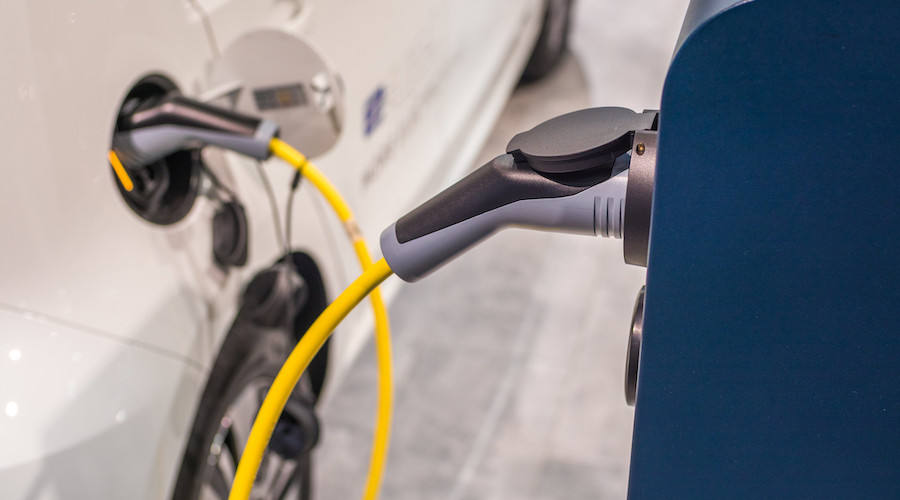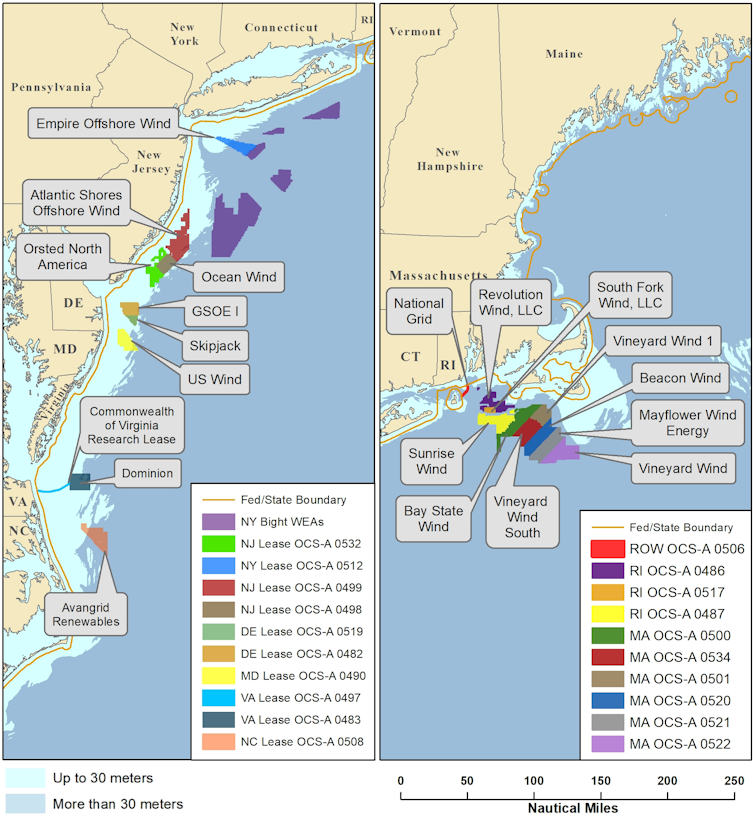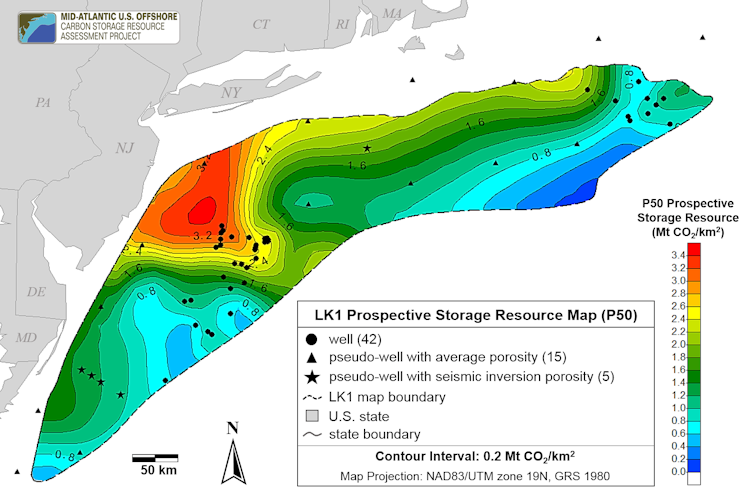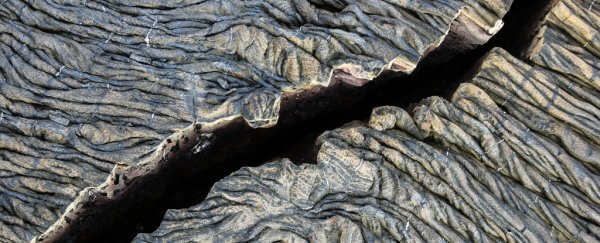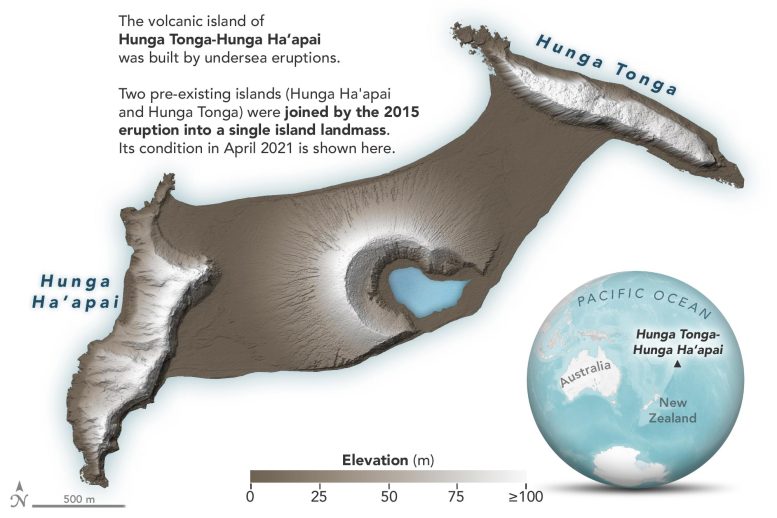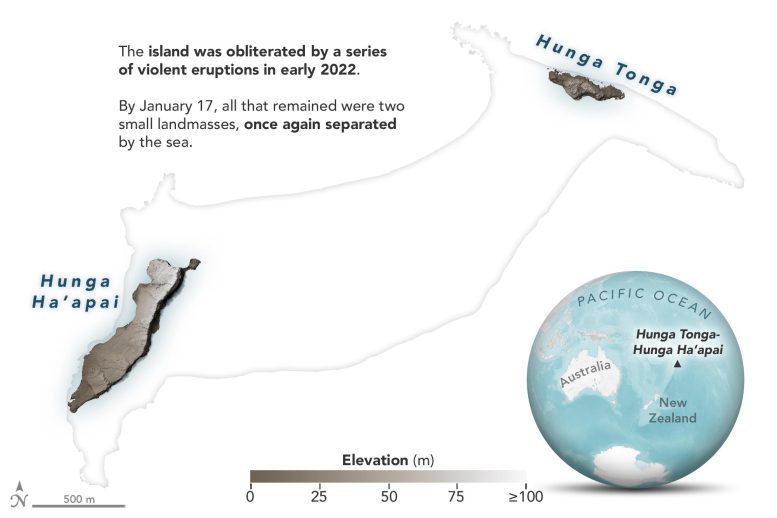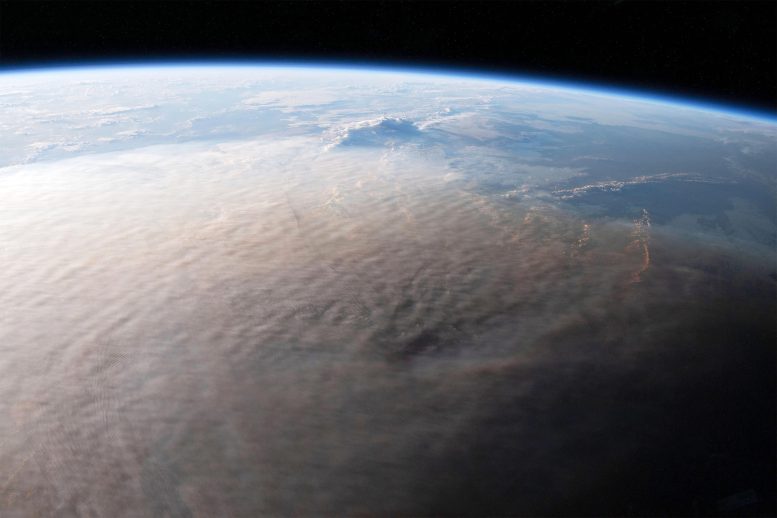By CHRISTINA LARSON

1 of 10
Settling into a new home can be tough for anyone. So scientists have come up with some tricks to make transplanted burrowing owls feel like they are not alone in their new digs, playing owl sounds and scattering fake poop.
The owls’ grassland homes are often prime real estate, and they’ve been losing ground to development in fast-growing regions like Silicon Valley and Southern California. Biologists have tried moving the owls to protected grasslands but the challenge has been getting the owls to accept their new homes.
Just dropping off the owls in prime habitat wasn’t enough, prior attempts showed. In a pilot program, scientists took pains to create the impression that owls already lived there so they’d stick around. And it worked.
“They like to be in a neighborhood, to live near other owls,” said Colleen Wisinski, a conservation biologist at the San Diego Zoo Wildlife Alliance, which launched the experiment with the U.S. Fish and Wildlife Service.

The scientists played recordings of owl calls before and after the new arrivals were released at four locations in Southern California. Wisinski used a syringe to squirt around fake owl poop — in reality, white paint.
Their results were published Thursday in the journal Animal Conservation.
Burrowing owls are the rare extroverts of the raptor world. These long-legged owls with slightly cross expressions actually love company. They nest in underground burrows with many owls nearby.
Such colonies provide protection from predators, such as coyotes or hawks, that may try to snack on the robin-sized, yellow-eyed birds. When one owl sounds an alarm, the others fly away.
Federal law prohibits the killing of the birds but their habitat is not protected. Typically, they are flushed from their burrows before properties are built.

“If after eviction there’s nowhere for these guys to go, it’s basically a death sentence,” said Lynne Trulio, an ecologist at San Jose State University who has studied burrowing owls for three decades. She was not part of the study.
The population of western burrowing owls — the subspecies that lives in California — has declined by one-third since 1965. It is considered a “species of special concern” in the state.
For their experiment, the scientists transplanted 47 burrowing owls during 2017-2018. Twenty were outfitted with GPS devices to track their movements, and the scientists also returned to the sites to check on them.
Most successfully settled into their new homes and established breeding colonies. At the primary site, Rancho Jamul Ecological Reserve in southwestern San Diego County, there were about 50 owl chicks in 2020.
The researchers also monitored owls that were left on their own to find new homes. Those owls didn’t fare as well.
“These scientists are leading the pack in advancing our understanding of how to relocate burrowing owls,” said David H. Johnson, director of the Global Owl Project, who was not involved in the paper.

The Associated Press Health and Science Department receives support from the Howard Hughes Medical Institute’s Department of Science Education. The AP is solely responsible for all content.






